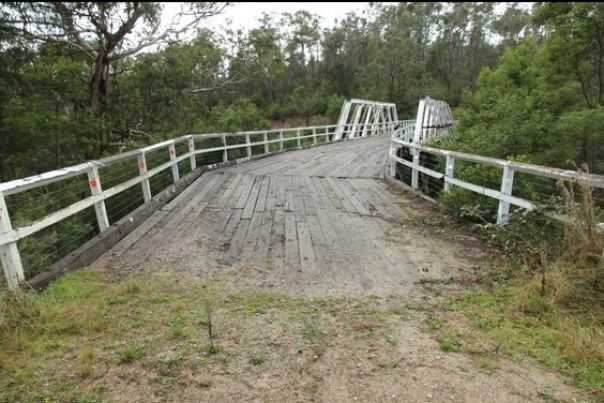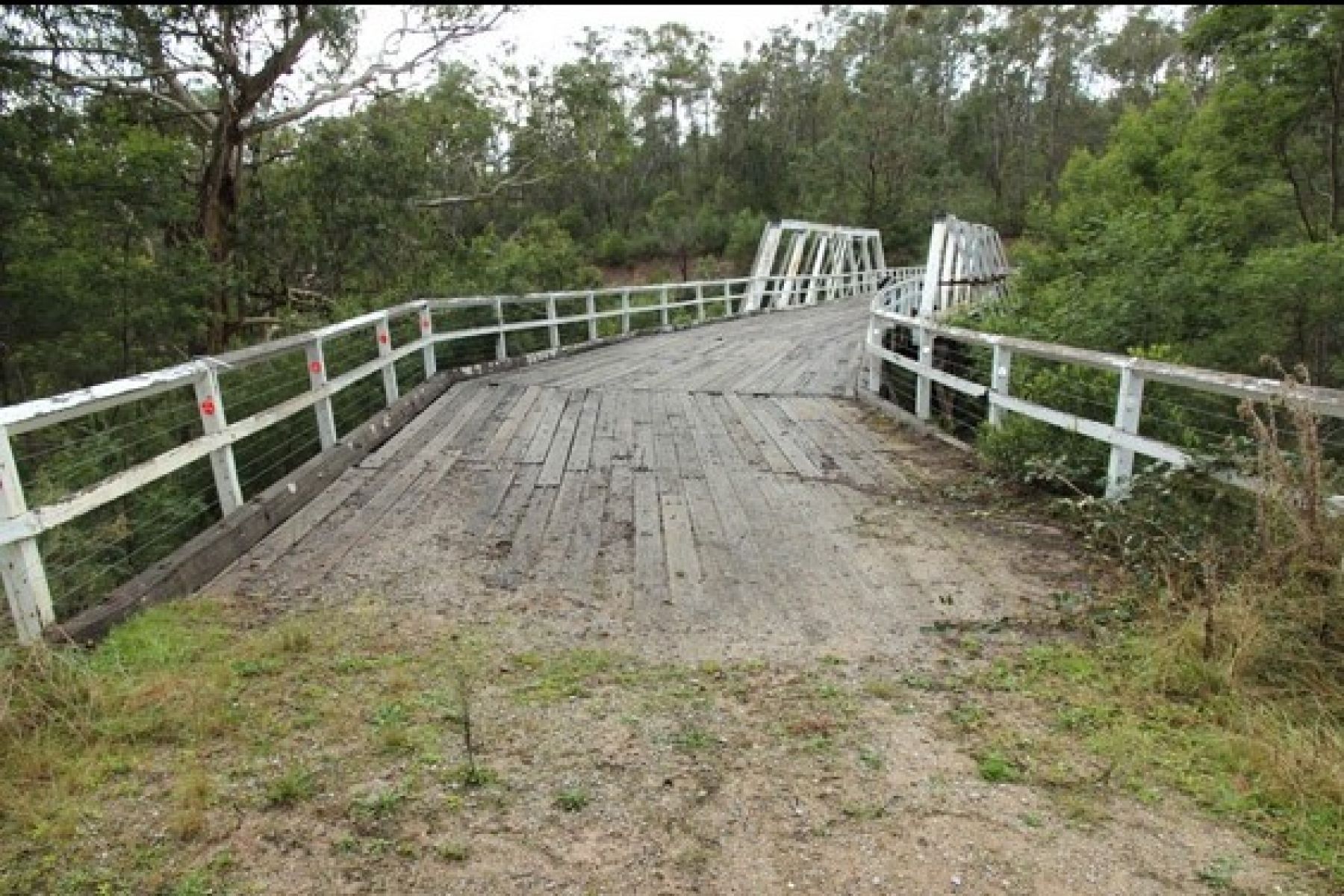On this page:
Victoria experiences many natural hazards including bushfire, flood, severe storms, and sometimes earthquakes.
Experiencing a disaster is inevitable if you live here. These events happen more often and with more intensity than they used to.
It’s important to understand the risks of where you live and how they might impact your heritage place. Your local council website will have an emergency management page that lists the highest disaster risks in your area.
What to do if your heritage place is damaged
Knowing what steps to take after a disaster can be overwhelming.This page can help you with salvage and recovery of heritage places and objects.
- The first priority is keeping people safe and protecting life. Don’t put yourself at risk of harm
- When it’s safe to do so, take photographs and document what you do, such as general tidying, cleaning, clearing debris
- Make the place weathertight to avoid further damage
- Keep materials stored on site where possible.
If there is damage, contact the relevant heritage authority for guidance – use our mapping tool to find out who to contact. Some specific guidance is available below.
Heritage Victoria has published a toolkit for property owners and managers. The toolkit helps you to identify vulnerabilities and risks to your heritage property and aims to help you reduce these risks.
The Department of Transport and Planning (DTP) has set up streamlined approvals for reconstruction after floods, storms and fires.
Tips for preventing damage
- A well-maintained heritage place will be more resilient during a disaster. Keep on top of repairs, keep the building watertight, check your chimneys and decorative elements are secure and sound. New Zealand’s Get Ready has instructions on how to make your home safer so you can reduce the effects of a disaster.
- As part of your fire season planning, remove material that might create a fire hazard. There is some good information on fire protection for heritage places in our Minimum Standards for Maintenance and Repair, and The Department of Environment, Land, Water and Planning
has some helpful guides on how to plan for bushfire protection. Prepare an emergency plan.
Suggested disaster recovery resources
- Heritage Victoria’s Minimum Standards for Maintenance and Repair has some good guidance on what to do after an emergency or disaster.
- Blue Shield Australia and Australia ICOMOS have resources to support salvage and recovery after floods and fires.
- Heritage New Zealand Pouhere Taonga have useful resources on what to do after an earthquake including:
- Repairing historic brickwork after an earthquake
- Repairing stonework after an earthquake
- Repairing and rebuilding historic chimneys after an earthquake
- Replacement of high-risk elements with lightweight materials.
- Australian Institute for the Conservation of Cultural Material has guidance on managing collection material after a disaster. Fire, water, dust and mould can all badly damage collection materials.
- Emergency Recovery Victoria (ERV) is a permanent and dedicated agency that leads state and regional recovery coordination, and state relief, on behalf of the Victorian Government. ERV coordinates real, effective and timely recovery support for communities after an emergency.

- Murrindal Bridge (H2311), Buchan

- Murrindal Bridge after the bushfires
Page last updated: 10/07/24

